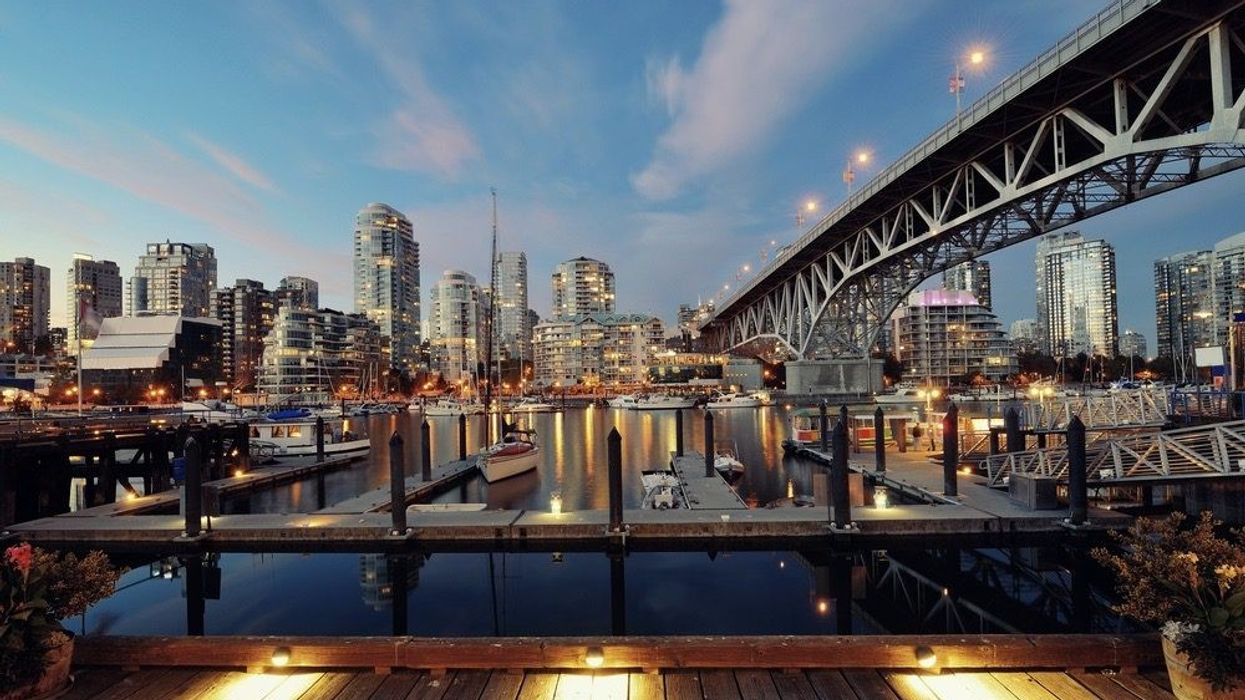The City of Vancouver has spent the last decade encouraging development of purpose-built rental stock, but demand has proven far too voracious to maintain pace, and as homeownership becomes more financially prohibitive by the month, the pool of renters keeps growing.
“Right now, are people renting who normally would have bought their own homes just a few short years ago? Absolutely,” said Ron Antalek of RE/MAX LifeStyles Realty, a 33-year veteran realtor. “The solution is to create more housing stock, expedite building permits, and build better and faster.”
READ: These Vancouver Neighbourhoods Have the Cheapest Rents
Consequently, there’s a rapidly growing swath of Vancouverites who are incapable of climbing the housing ladder beyond the rental rung and are grappling with unforgiving supply-demand realities, rendering municipal officials’ concerted efforts to ease escalating rental rates vain.
Vacancy Rates Remain Ultra-Tight
Metro Vancouver’s vacancy rate was 1.2% at the end of 2021, dropping from 2.6% a year earlier, which Eric Bond, Senior Specialist of Market Insights at the Canada Mortgage and Housing Corporation (CMHC), told STOREYS was an anomaly despite still being well below balanced conditions.
“We saw the vacancy rate in downtown Vancouver, specifically, increased to 4%, which may not sound like a lot, but for downtown Vancouver that’s quite high,” he said. “We did see that vacancy rate fall back down in 2021 to 1.6% in downtown Vancouver and 1.2% for the region as a whole.”
Bond’s remarks elucidate the difficulties a growing region with among the world’s highest homeownership prices is having providing enough housing for its denizens. Since around the early 1980s, a lot of Canadian cities stopped building enough purpose-built rental stock of consequence, and that is why investor-owned condominiums have become crucial to rental ecosystems in cities like Vancouver and Toronto -- the latter of which is having the same problem helping its renters climb the housing ladder. Although purpose-built rental construction in the Pacific Rim city has begun trending in the direction opposite of recent decades past, there stubbornly remains, relative to robust demand, scarcity.
Efforts Underway to Amplify Existing Units
But the region’s aging purpose-built rental stock is also being gradually retrofitted into modernity, and laneway rental units developed on single-family-zoned lots in the city are growing in a meaningful way, as noted by CMHC’s recent Housing Supply Report. Of single-detached housing stars in Metro Vancouver last year, 13% contained laneway units, as well as other secondary suites like basement apartments or garden suites. Although the derivative supply gained is insignificant relative to the larger picture, Vancouver’s exorbitant homeownership costs -- the benchmark price of a detached home in the region increased by 20.8 year-over-year in April to $2,139,200 -- has incentivized development of these secondary units.
“Certainly the condominium apartment-type still represents the majority of new construction in Metro Vancouver, but we have seen the rental share increase in an important way over past decade,” Bond said. “It’s welcome for the region to diversify its housing stock and to renew old rental stock, a lot of which was built -- and this is true of a lot of cities in Canada -- prior to 1980, with very little built for the last three decades. Now we’re seeing a resurgence in rental construction.”
The Housing Supply Report revealed that rental apartment development in the City of Vancouver reached an all-time high last year, and outside the urban core in Surrey and Burnaby, there’s considerable new construction, too. Heeding mainstream twenty-first century urban planning principals, new rental construction is concentrated in proximity to transit corridors.
But until the supply of rental units becomes sufficient enough to break years-long disequilibrium, which has put upward pressure on rental rates, and finally satisfy demand, lease agreements for apartments near transit will keep becoming more and more expensive to sign.
And commendable though efforts have been to grow rental supply in the last 10 years, Bond says it is still nowhere near enough.
“But we’ll need further densification and purpose-built rental construction for apartments buildings as well to help meet some of that strong demand for rental in region.”





















